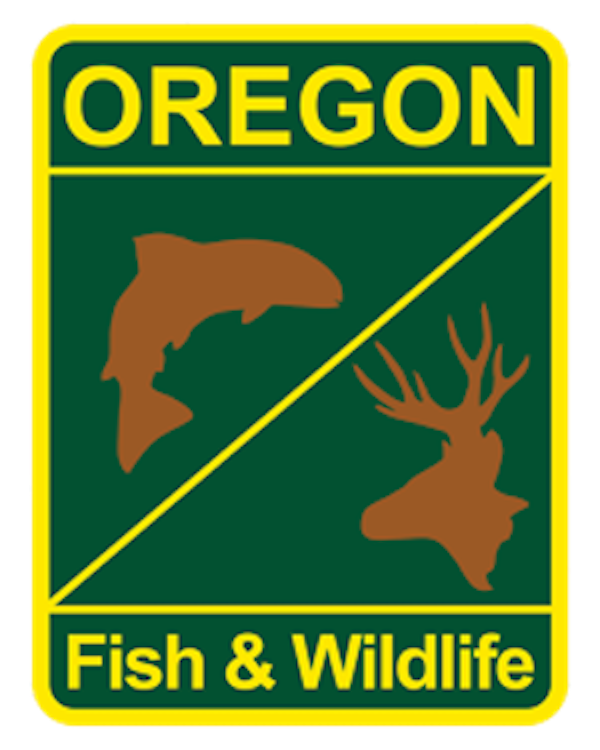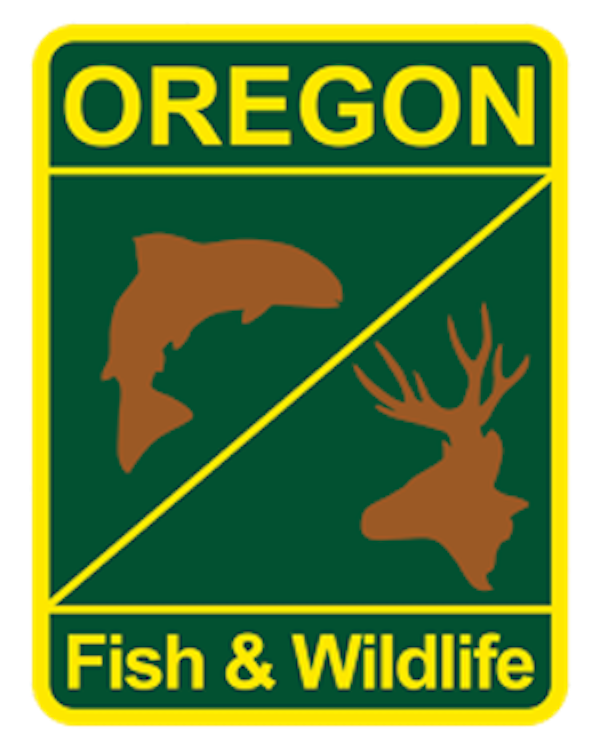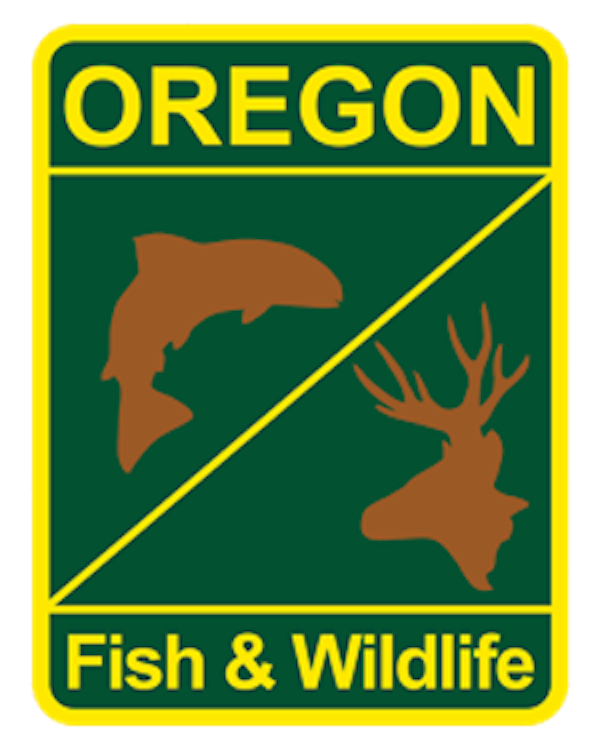Idaho Fish Report
Grande Ronde River opens for coho salmon harvest Oct. 1 for first time in 40 years

by OR Department of Fish & Wildlife Staff
9-30-2020
Website
ENTERPRISE, Ore. –Anglers will be able to harvest coho salmon in the Grande Ronde River for the first time in 40 years starting Oct. 1.
Coho salmon are making a strong appearance in the Columbia River system this year and counts at Bonneville Dam are well above the ten-year average. Included in that group are the Lostine River Coho, reintroduced by the Nez Perce Tribe (NPT) and ODFW in 2017. The first two adult runs in 2018 and 2019 returned less than 200 fish to the Lostine River, but in 2020 Lostine River Coho are poised to make their best showing since reintroduction.
A small proportion of coho from the Lostine River are tagged and biologists use detections of tagged coho at mainstem Columbia and Snake River dams to monitor abundance and timing of individual stocks. Based on the current observations, biologists are estimating as many as 3,000 coho originating from the Lostine River could pass Lower Granite Dam, the last dam before they turn up the Grande Ronde River, which is enough to offer some harvest as fish pass through.
The regulations for the coho harvest on the Grande Ronde River will be as follows:
- Dates Open: Oct. 1 through Nov. 30, 2020, or until further notice.
- Open Area: The Grande Ronde River from the Oregon-Washington border upstream to the Grande Ronde River Rd. bridge, approximately 7 miles above the town of Troy, OR.
- Bag Limits: For adult coho salmon (>20 inches) the bag limit will be two (2). For jack coho salmon (≤ 20 inches) the bag limit will be five (5) with two daily limits in possession.
“We’re excited to offer up the first opportunity to harvest these fish in the Grande Ronde in over 40 years,” said Kyle Bratcher, Assistant District Fish Biologist. While there have been a few reports of coho caught by steelhead anglers in recent years, Bratcher expects a significant increase in catch rates if the run meets the current estimates.
Coho were extirpated from the Grande Ronde Basin as early as 1912 due to misguided fish culture practices, excessive harvest and habitat modifications. There have been multiple attempts at restoring coho to the Grande Ronde basin, as early as 1912 and as late as the early 1970s. However, those efforts were unsuccessful. The combination of recent investments in habitat improvements on private lands, stronger relationships among fishery co-managers, and improvements in fish culture and monitoring provide the NPT and ODFW confidence that current efforts will result in a successful reintroduction.
In addition to a strong coho return, Bratcher says that fall Chinook salmon are also expected to return in relatively strong numbers. “During good fall Chinook returns we typically see a few caught on the Grande Ronde by steelhead anglers,” said Bratcher. “Anglers should remember that fall Chinook cannot be harvested in the Grande Ronde and must be released unharmed.”
With a diverse makeup of fish species that anglers may encounter this year, Bratcher is encouraging anglers to brush up on their fish identification skills to avoid unintentional harvest (see this Fish ID graphic).
Anglers should also remember that the bag limit for hatchery steelhead on the Grande Ronde is now two fish per day. Steelhead limits were reduced by emergency rule to ensure broodstock collection goals are met at local hatchery facilities. Anglers should regularly check for updates to emergency regulations prior to fishing as they may change on short notice, https://myodfw.com/recreation-report/fishing-report/northeast-zone All other permanent Oregon sport fishing regulations remain in effect, see them at http://www.eregulations.com/oregon/fishing/


